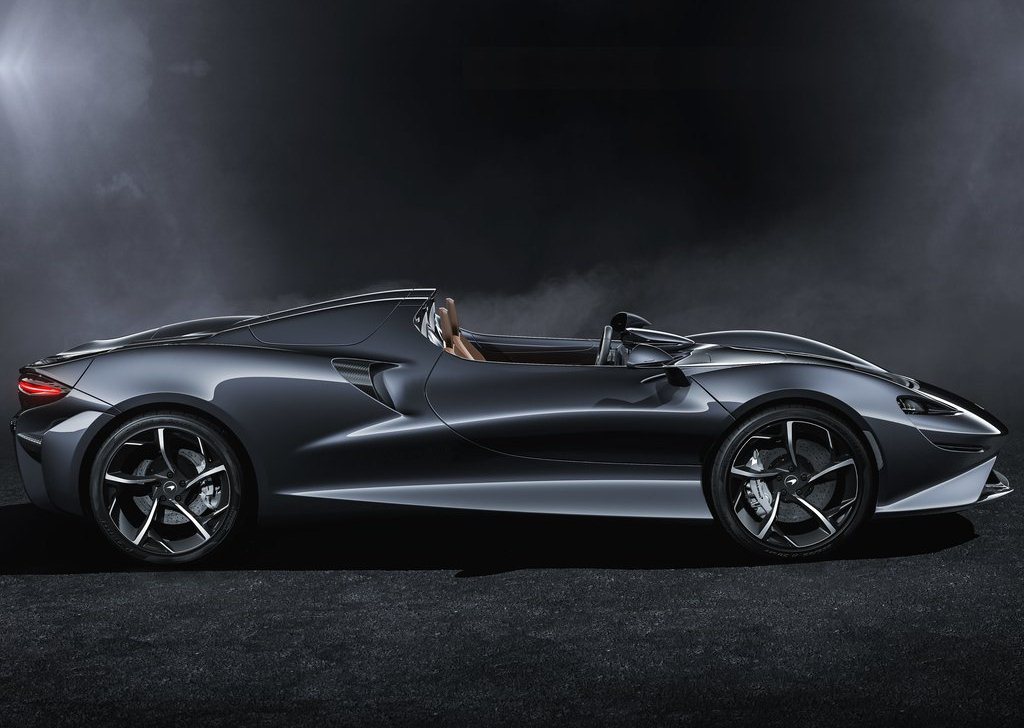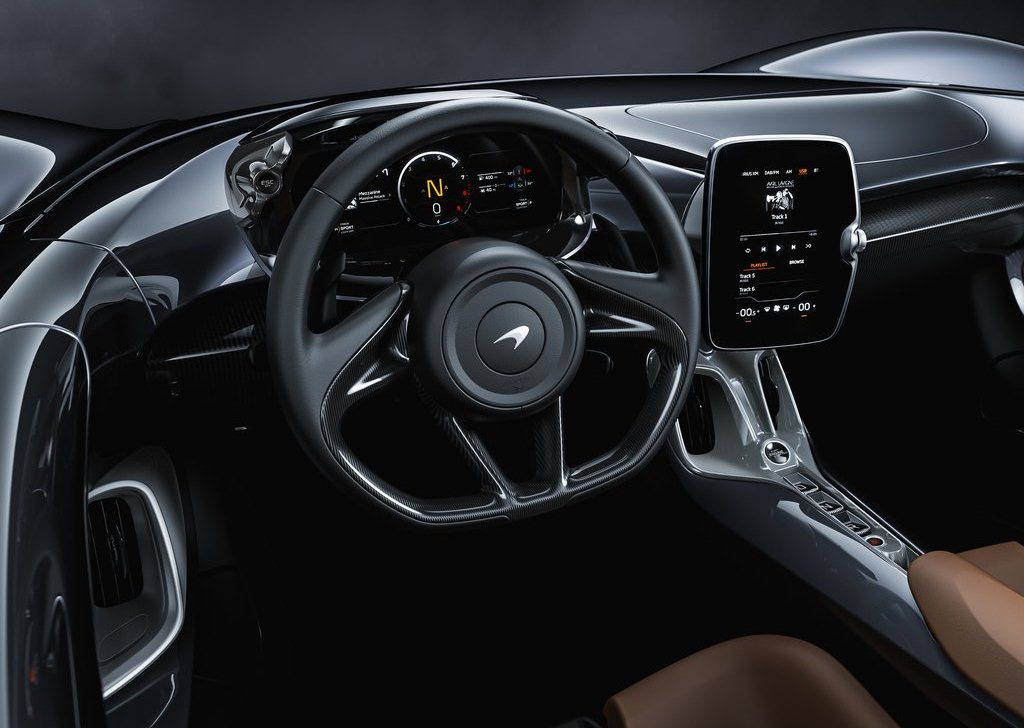McLaren Automotive revealed its new Ultimate Series roadster, the McLaren Elva. As the brand's first open-cockpit road car, the Elva adds a new dimension to the range-topping Ultimate Series lineage. Like its McLaren P1TM, McLaren Senna and Speedtail predecessors, volume of the new McLaren Elva will be strictly limited: just 399 are being offered for customer order.
The Elva name celebrates the renowned Bruce McLaren-designed M1A and McLaren-Elva M1A [Mk I], M1B [Mk II] and M1C [Mk III] of the 1960s. Produced as 'customer' versions of the innovative and exciting Group 7 McLaren race cars, the McLaren-Elva sportscars embodied many of the pioneering design and engineering principles that are integral to the McLaren road cars produced today.
World-first aero protection
A true connection with the elements is integral to the McLaren Elva driving experience but that hasn't stopped McLaren innovating a world-first, the Active Air Management System (AAMS) to enhance driving pleasure. The system channels air through the nose of the Elva to come out of the front clamshell at high velocity ahead of the occupants before being directed up over the cockpit to create a relative 'bubble' of calm. The system comprises a large central inlet situated above the splitter, a front clamshell outlet vent and a discreet carbon fibre deflector that raises and lowers vertically; when the AAMS is active, the deflector is deployed at the leading edge of the bonnet outlet, rising 150mm into the freestream to create a low-pressure zone at the vent.
The vented air is directed through a 130-degree radius, using a network of transverse and longitudinally mounted carbon fibre vanes across the bonnet outlet; distributing the airflow both in front of and along the side of the cabin further assists air management in the cabin environment. At urban speeds, when the level of airflow into the cabin means the AAMS is not needed, the system is inactive. As vehicle speed increases, the AAMS automatically deploys and remains active until speed reduces, at which point the deflector retracts. The system can also be button-deactivated by the driver.
Aesthetic and technical design in harmony
McLaren's design philosophy intrinsically links aesthetic design and technical design, rather than separating the disciplines of design and engineering as is commonplace in the automotive industry. The AAMS is an example of the results of this harmonious approach, being perfectly integrated within the aerodynamic and cooling functionality of the McLaren Elva.
When the AAMS is inactive, the central duct is sealed, diverting air flow into the low-temperature radiators and increasing their cooling efficiency. To provide optimal packaging conditions for the AAMS, the McLaren Elva features twin low-temperature radiators (LTRs) positioned ahead of each front wheel. The new cores used in these LTRs contribute to the engine's 815PS power output by reducing charge air temperature and also cool the oil in the seven-speed seamless shift transmission.
McLaren M1A: superlight success designed and engineered by Bruce McLaren
Designed by Bruce McLaren, the McLaren M1A was superlight, weighing just 551kg (1,215lbs) with a lightweight but very rigid and strong chassis - in this case a tubular steel spaceframe. Made using both round and square section tubes, the chassis was reinforced with magnesium alloy sheeting, bonded and riveted in place as a stressed undertray.
A 340bhp Oldsmobile 4.5-litre V8 was mid-mounted. Suspension was cutting-edge for the mid-1960s: fully independent, with unequal length wishbones, anti-roll bar and adjustable coil springs and shock absorbers at the front and reversed lower wishbones with similar coil springs at the rear.









![2026 Kia Sportage [EU] Review: A Refined European Crossover with Bold Style and Electrified Options](https://blogger.googleusercontent.com/img/b/R29vZ2xl/AVvXsEgqMRwJE1m90uCMgRSB6oc4bAzmAaKXJlNoCwavK5fXHaphLYY1sUVXdxUC94zuj95CdjDG2SqRnUBYMqta-dapTLIaHhzEdJAS821ldVMQOKfAZNpQlZ5fYTwKzKbKj8ad9QeKlaQPcNLRZ6zaGvuXhsg1kQ6zQCQqYtjmOM8q9u-a7Nl3WYjp773OLXJR/w680/2026%20Kia%20Sportage%20%5BEU%5D_01.jpg)












0 Comments